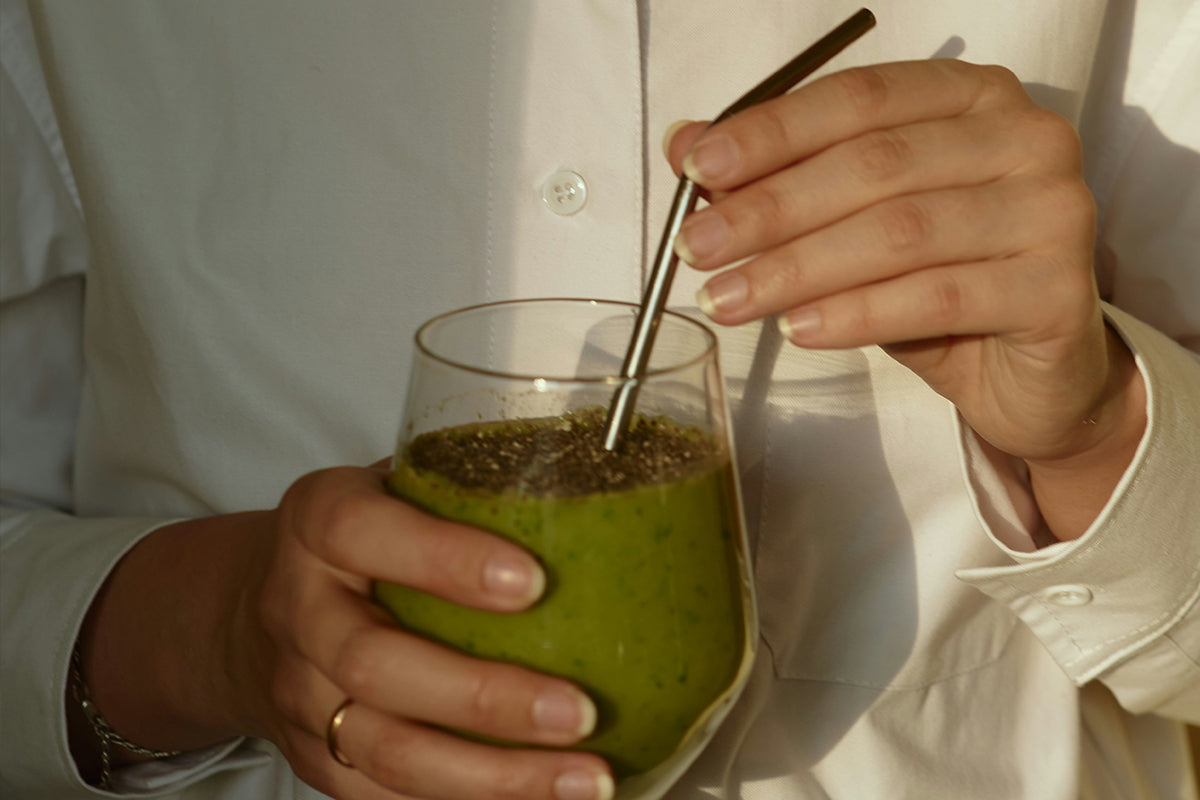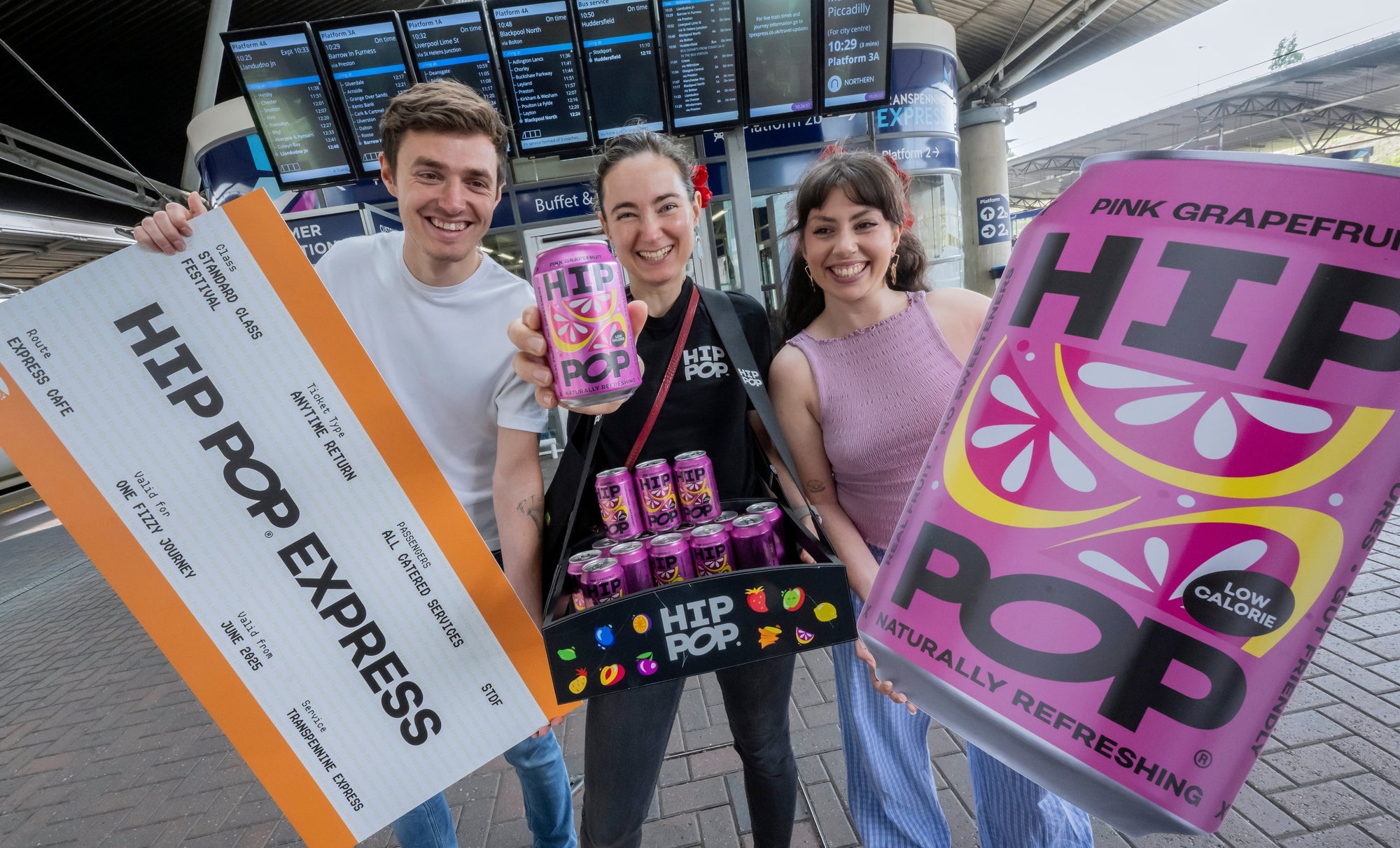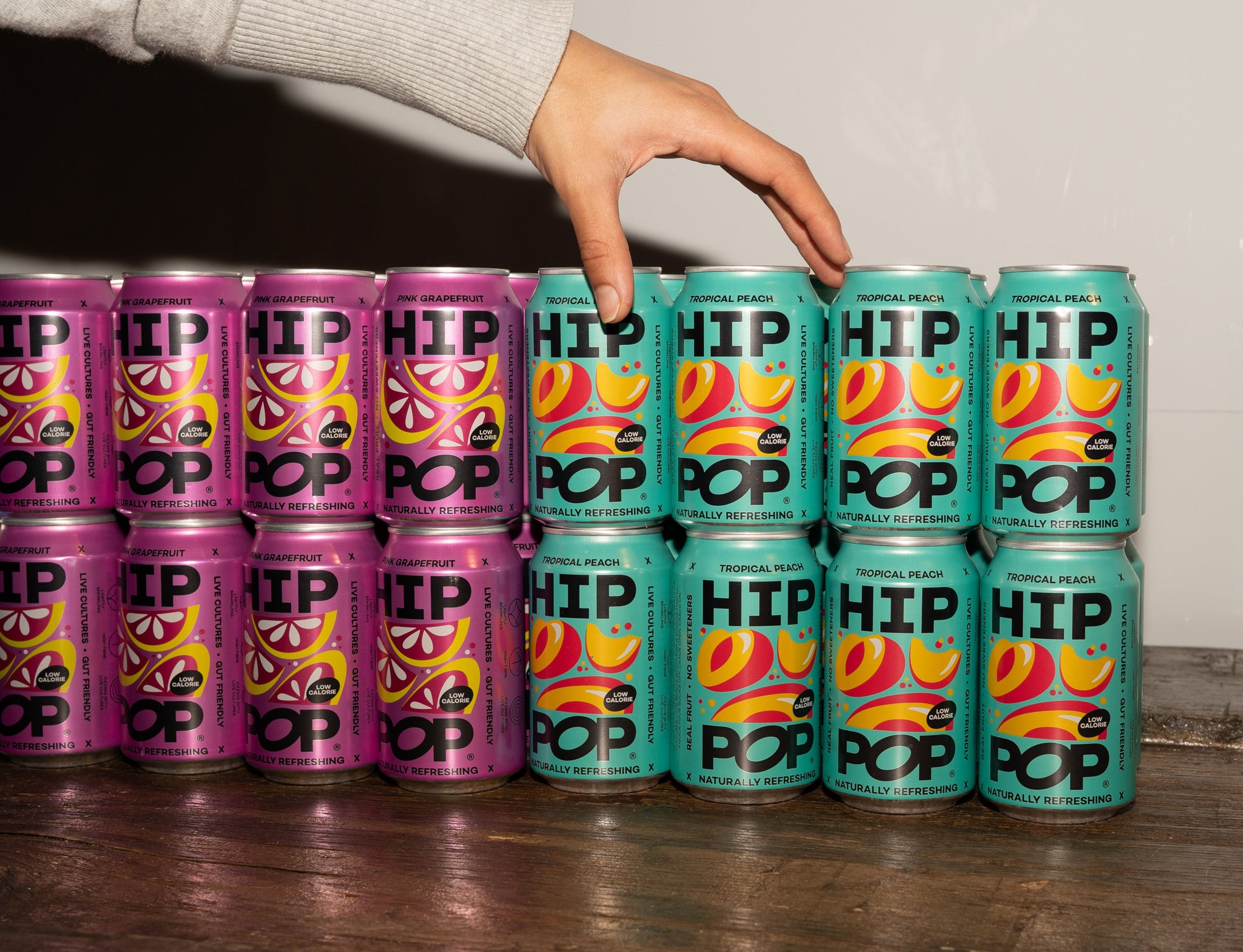
· By Elspeth Sargeant
What are Prebiotics?
So you’re new to Prebiotics?
The terms Prebiotic and Probiotic have been floating around in the wellness and health community. As the trend of Gut Health has risen, especially with the rise of #GutTok on TikTok, terminologies like Probiotics, Prebiotics and Fibre have seen an increase in discussion. Today we are going to delve into Prebiotics and everything you need to know about them to make Gut Health a priority in 2024.
What are Prebiotics
Prebiotics are plant-based fibres that help feed your good Gut bacteria. This helps your Gut bacteria grow stronger and healthier over time to build a resilient Gut Microbiome. Prebiotics are the foundation for a healthy gut as Probiotics grow from feeding off the prebiotics which are compounds deriving from plant fibre.
Prebiotics are naturally found in most plant foods. You can also find them in good quality supplements and some manufacturers may add them into food. Pre and Probiotics can be used together to support optimal Gut Health and help create diversity and a strong Gut Microbiome.
It is a general rule that the more good bacteria your gut has, the less bad bacteria can enter. You may need to consume more Pre and Probiotic foods if you have the following symptoms: Large amounts of gas, cramps, bloating, skin irritation and diarrhoea.
The difference between Pre and Probiotics
Prebiotics and Probiotics are both related components. They work together to help your Gut Microbiome thrive. Without Prebiotics the Probiotics cannot eat to thrive in the microbiome. So what is the difference between Pre and Probiotic foods?
Prebiotics: Prebiotics are non-digestible plant fibres that help the good Gut bacteria. They are the substance that helps the growth of Probiotics and allows them to thrive in the Gut Microbiome. Essentially Prebiotics create a foundation and a habitable environment for the Probiotics to multiply, thrive and survive in the Gut.
Probiotics: Probiotics are strains of bacteria or yeast that are living organisms. The Probiotic microorganisms colonize the gut and thrive by feeding off the Prebiotic plant fibres that have laid the foundation for the Probiotic bacteria and yeast to multiply.
How to get Prebiotics into your Diet
You can add more Prebiotics to your diet by consuming certain foods. These are foods that are rich in plant fibres.
Foods rich in Prebiotic plant fibres are:
Legumes
Apples
Flaxseeds
Bananas
Asparagus
Leeks
Onions
Garlic
Chicory Root
There is evidence that suggests you should eat 30 different types of plants per week to support your Pre and Probiotic bacteria growth. If you struggle to get 30 different plants in a week you can opt for foods with added benefits. This is commonly found in Prebiotic foods where manufacturers have added ingredients such as Chicory Root.
Here at Hip Pop, we have crafted a Prebiotic Soda that contains Chicory Root. Our Prebiotic Sodas are our Gut Loving Sodas and they help you consume your essential Prebiotics and Fibre. This helps support your digestive system and create the foundation for the Probiotic bacteria to thrive in your Gut. All of our drinks also contain a Probiotic bacteria called Bacillus Coagulans.
Alternatively, you could take a Prebiotic supplement. We suggest doing your research on supplements and finding a good quality supplement that works for you.
Now you’re a Prebiotic Expert!
We hope you enjoyed this blog and it helped you become a Prebiotic Expert! In this blog we have learnt what Prebiotics are, how they are different to Probiotics and how you can add Prebiotics to your diet. Will you be adding more Prebiotic-rich foods to your diet this New Year?



